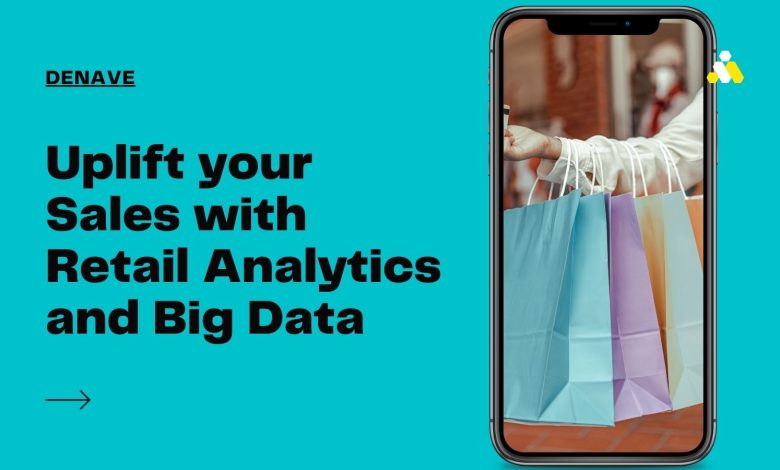Uplift your Sales with Retail Analytics and Big Data

The retail industry is an extensive storehouse of data, including customer data, supply chain data, merchandising data, sales data, etc. Ironically, most of these valuable databases largely remained untapped till a decade ago. With the prominence of data science, businesses started realizing the importance of investing in retail analytics solutions.
Data-backed insights are more precise as opposed to guesswork or gut-driven directives. With new-age, data-centric retail enterprises garnering astounding success, it is evident that data-backed decisions drive higher sales and profitability.
Here are five proven techniques to boost your retail sales and profitability with data analytics:
Embrace Planogram Automation:
Using the right retail planogram software can bring about incredible transformation in your store’s merchandising. For instance, turning around a store for the festive season, end-of-season sale, or showcasing new products can be challenging. The entire layout requires planning, designing, and execution from scratch. Automated planograms can achieve a high level of precision and meticulousness.
Use the Right Retail Analytics Solutions for Predictive Analytics:
The retail industry is a customer-focused industry, i.e., retail strategies primarily aim to cater to the latest consumer requirements. Since consumer trends and preferences are highly dynamic, relying on gut-based/instinctive planning is too risky. AI-run predictive analytics tools and algorithms can yield concrete data and actionable insights to steer your retail business decisions in the right direction.
Focus on the Metrics that Matter:
A common mistake of most retail businesses is paying attention to retail figures that don’t matter much. Based on your customer profile, products, and outlet specifications, a proficient analytics team can assist you with metrics that matter. The best example is that of store footfalls metrics. Sensors for footfall counting will take the headcount of every individual that enters the store by default. But if you have families/large groups frequently visiting your store, taking an individual headcount will yield misleading footfall figures.
Provide In-Store Virtual Assistance:
Virtual Assistants are not in vogue from the customer service point of view. They can be an excellent mode of collating crucial data on the latest customer preferences. In the current Covid-19 situation, virtual store assistance can deliver a personalized yet contact-free shopping experience.
Rely on a Holistic POS System:
Gone are the days when POS systems’ task was to compute and accept payments. Today, a holistic retail’s POS system is the focal point of your daily store SOPS, reports generation, and employee accountability. If you want to set up new retail stores or transform existing ones, opt for a cloud-based, digital, and wireless POS system. Such a system will boost your operational capabilities and enhance the customer experience.
Conclusion
Merely capturing customer data or gathering supply chain data will not help propel your retail business ahead. These can be converted into actionable insights to drive effective business decisions with the right AI tools and algorithms. Big data can revolutionize your performance, whether it is the cutting-edge retail planogram software, holistic POS systems, or predictive analytics. Leveraging the right metrics will steer progress on all fronts- retail’s operations, merchandising, sales, brand-building, and CRM.



